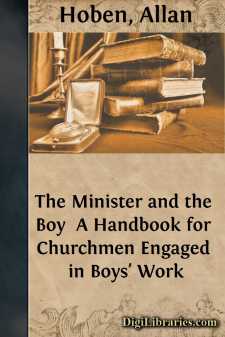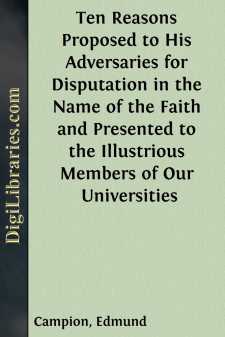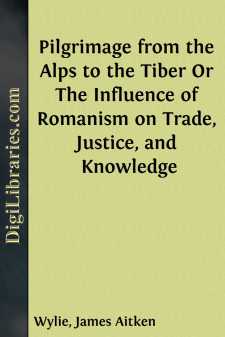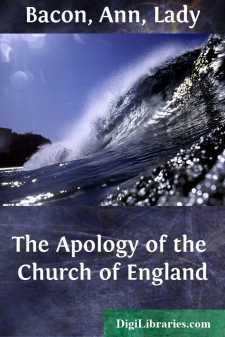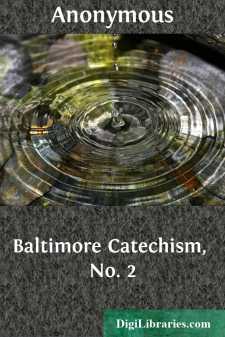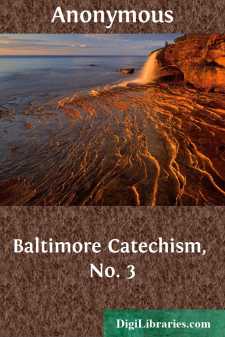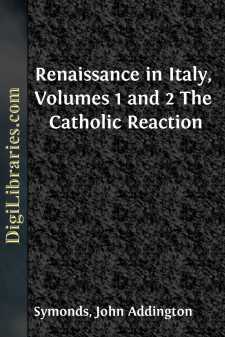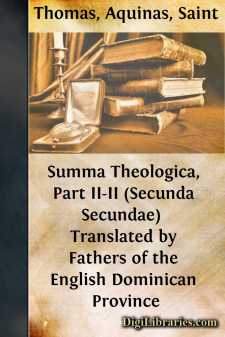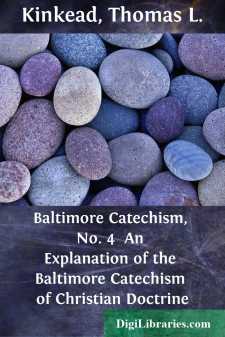Religion
- Agnosticism 2
- Antiquities & Archaeology 21
- Atheism 12
- Biblical Criticism & Interpretation 15
- Biblical Meditations 3
- Biblical Reference 1
- Biblical Studies 11
- Buddhism 8
- Christian Church
- Christian Education 5
- Christian Life 26
- Christianity 60
- Cults 2
- Devotional 6
- Eastern 2
- Education 4
- Eschatology 1
- Ethics 3
- General 60
- Gnosticism 1
- Hinduism 15
- History 28
- Holidays 10
- Inspirational 1
- Islam 8
- Judaism 3
- Leadership 1
- Meditations 3
- Monasticism 1
- Mysticism 11
- Philosophy 4
- Prayer 26
- Prayerbooks 5
- Religion & Science 12
- Sermons 54
- Spirituality 53
- Theism 2
- Theology 17
- Theosophy 15
Christian Church Books
Sort by:
by:
Allan Hoben
CHAPTER I THE CALL OF BOYHOOD The Christian apologetic for today depends less upon the arguments of speculative theology and the findings of biblical science than upon sociological considerations. The church is dealing with a pragmatic public which insists upon knowing what this or that institution accomplishes for the common good. The deep and growing interest in social science, the crying needs that...
more...
by:
Edward Feild
PREFATORY LETTER Bermuda, March 15, 1860. "My dear Hawkins, "You are aware that I have ceased for some years to forward to the Society the Journals of my Voyages of Visitation. It did not appear to me that the cause of the Society, or of my diocese, would be much advanced, or individuals much interested or edified by detailed reports of visits and services with which those who had read the...
more...
by:
Edmund Campion
1. THE SIGNIFICANCE OF THE Decem Rationes. The chief point to remember is that the Decem Rationes was the last and most deliberate free utterance of Campion's ever-memorable mission. During the few months that mission lasted he succeeded in staying the full tide of victorious Protestantism, which had hitherto been irresistible. The ancient Church had gone down before the new religion, at...
more...
CHAPTER I. THE INTRODUCTION. I did not go to Rome to seek for condemnatory matter against the Pope's government. Had this been my only object, I should not have deemed it necessary to undertake so long a journey. I could have found materials on which to construct a charge in but too great abundance nearer home. The cry of the Papal States had waxed great, and there was no need to go down into...
more...
by:
Ann Bacon
INTRODUCTION. The great interest of Jewel’s “Apology” lies in the fact that it was written in Latin to be read throughout Europe as the answer of the Reformed Church of England, at the beginning of Queen Elizabeth’s reign, to those who said that the Reformation set up a new Church. Its argument was that the English Church Reformers were going back to the old Church, not setting up a new; and...
more...
by:
Anonymous
PRAYERS THE LORD'S PRAYER Our Father, who art in heaven, hallowed be Thy name: Thy kingdom come; Thy will be done on earth as it is in heaven. Give us this day our daily bread; and forgive us our trespasses as we forgive those who trespass against us: and lead us not into temptation, but deliver us from evil. Amen. THE ANGELICAL SALUTATION Hail Mary, full of grace! the Lord is with thee: blessed...
more...
by:
Anonymous
CATECHISM THE LORD'S PRAYER. Q. 1. Say the Lord's Prayer. A. Our Father, who art in heaven, hallowed be Thy name; Thy kingdom come; Thy will be done on earth as it is in heaven. Give us this day our daily bread; and forgive us our trespasses as we forgive those who trespass against us; and lead us not into temptation, but deliver us from evil. Amen. Q. 2. Who made the Lord's Prayer? A....
more...
CHAPTER I THE SPANISH HEGEMONY Italy in the Renaissance—The Five Great Powers—The Kingdom of Naples—The Papacy—The Duchy of Milan—Venice—The Florentine Republic—Wars of Invasion closed by the Sack of Rome in 1527—Concordat between Clement VII. and Charles V.—Treaty of Barcelona and Paix des Dames—Charles lands at Genoa—His Journey to Bologna—Entrance into Bologna and Reception...
more...
by:
Aquinas Thomas
TREATISE ON THE THEOLOGICAL VIRTUES (QQ. 1-46) _______________________ QUESTION 1 OF FAITH (In Ten Articles) Having to treat now of the theological virtues, we shall begin withFaith, secondly we shall speak of Hope, and thirdly, of Charity. The treatise on Faith will be fourfold: (1) Of faith itself; (2) Of the corresponding gifts, knowledge and understanding; (3) Of the opposite vices; (4) Of the...
more...
THE LORD'S PRAYER Our Father, Who art in Heaven, hallowed be Thy name. Thy kingdom come. Thy will be done on earth as it is in Heaven. Give us this day our daily bread. And forgive us our trespasses, as we forgive those who trespass against us. And lead us not into temptation, but deliver us from evil. Amen. This is the most beautiful and best of all prayers, because Our Lord Himself made it....
more...


